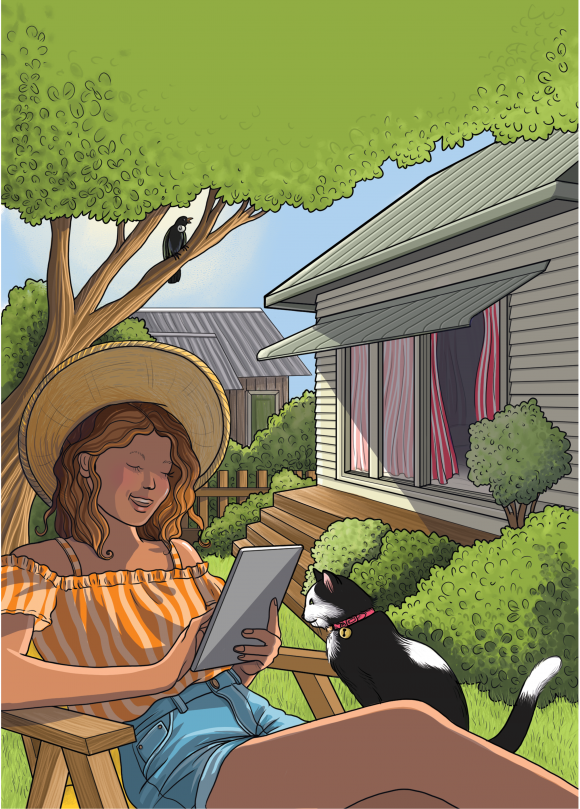As a Consumer

| Shopping Choices | Useful as Climate adaption | As emission mitigation |
|---|---|---|
Beyond food choices You can influence makers and retailers of any products that have a high carbon impact. Favour those that help and avoid those that do not. Seek the best quality you can afford and equipment durability. Avoid the plastic packaging types not easily recyclable in NZ (only codes 1,2,5 can be recycled here). Consider shopping at op shops or re-use stores to give extended life to domestic items. South Canterbury has several to choose from. Map here. https://vmsc.org.nz/volunteers/volunteering-at-op-shops-canterbury | Some food makers also commit to environmental restoration, care of waterways, tree planting and lowering use of fuels and nitrogen fertilisers. Reward these positive contributions with your custom. Beware competition for high quality productive land between food crops and the feedstock for bioplastics and biofuels (e.g. maize, soy, starch from potatoes, softwood timber). | Reduce the embodied carbon in purchases such as plastics. (Especially an issue if the plastics are single-use ‘disposables’ and of a type non-recyclable in NZ.) The longer you can use a durable manufactured item the lower the embodied carbon impact 'per year' of that original purchase. Repairing and recycling reduces emissions. |
Re-use containers and bags, to avoid single-use packaging.
Enjoy clean tap water and if you need to carry it, re-use a stainless-steel screw-top bottle in preference to buying single use plastic. https://www.youtube.com/watch?v=Se12y9hSOM0 | Insulated shopping bags help keep food fresh on hot days, reducing waste. If cycling, consider detachable waterproof panniers to carry shopping from store by bike to home. | Re-use of packaging such as glass with screw-lids and recycling of used aluminium cans has a lower energy demand than making new, which means a smaller carbon footprint. Treated drinking water arrives at home in bulk via pipes, more carbon-efficiently than heavy single-use bottles distributed by vehicle both to stores and then home . |
Clothing fashion choices have a carbon footprint. Natural fibres such as wool, bamboo and cotton avoid petrochemical plastic fibre sources and do not create microplastic waste. They may however have required insecticides and much pumped water in their growing and processing. Read more: Workwear, including safety gear, is often short-life too, but can be recycled. A Timaru-based firm has taken on the challenge. https://workwearrecycled.co.nz/ | As an example - Cotton is very thirsty to produce and is often grown in dry countries. A cotton T-shirt requires approximately 2,700 litres of water to grow and process it to a garment. Our shopping demand may exacerbate drought in those countries. So, wear and repair cotton items, to prolong their use: don’t treat as throw-away! Read more on environment-friendly fibres: https://www.sustainyourstyle.org/en/fiber-ecoreview “Buy less, choose well and make it last” – quote from fashion designer Vivienne Westwood | Cellulose derived fibres (e.g. bamboo, hemp) are lower carbon emitters overall than plastic fibres (such as polyester, polyurethane and nylon). Wool as a by-product of sheep meat, and leather production from cattle skins, has associated methane emissions and create a global pressure to de-forest areas for yet more paddocks and ranches. However, wool is safely biodegradable, unlike most synthetic new or recycled fibres derived from gas, oil or some packaging plastics, which break down to smaller plastic particles that persist in soil or water and are eaten by animals but offer no nutrition. Weblink: https://www.independent.co.uk/climate-change/sustainable-living/fast-fashion-sustainable-worst-fabrics-b1855935.html |
Last updated: 04 Jun 2024